THE AMETHYST & CO
Gemstone Guide
Choosing the Right Gemstone
Whether you’re experienced or a first-time buyer, our extensive guide will help you navigate the complex world of gemstones and ensure you’re well-prepared when selecting your jewellery.
Discover how origin affects colour, from the deep reds of Myanmar rubies to the vivid greens of Colombian emeralds.
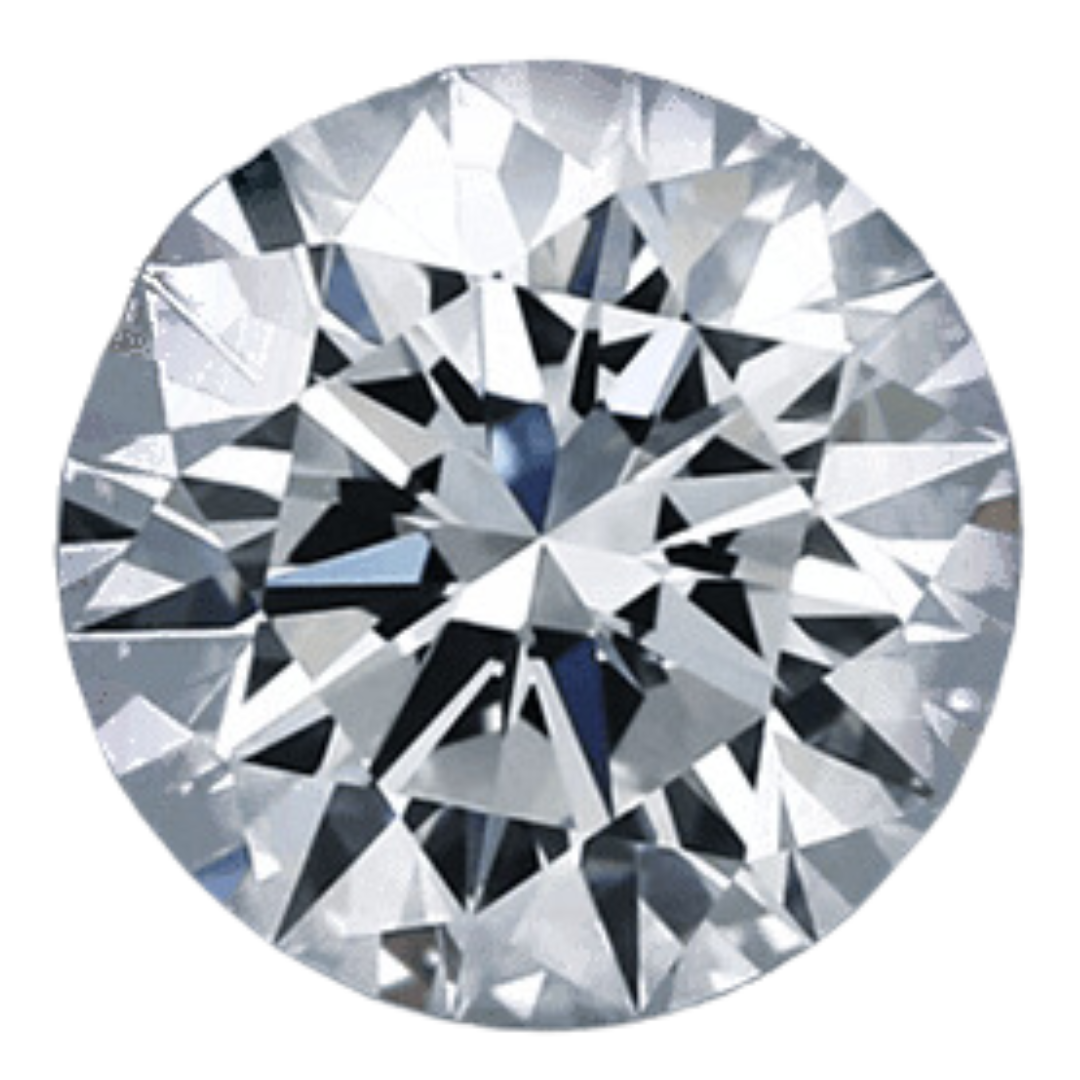
Diamond
South African diamonds often have a reputation for exceptional quality and clarity. Australian diamonds are known for their unique colours, including pink, red, and champagne hues.
Geographical Origin: Botswana, Russia, Canada, South Africa, Australia.
How Diamonds are formed: Formed deep within the Earth’s mantle under high pressure, some diamonds are over 1 million years old.
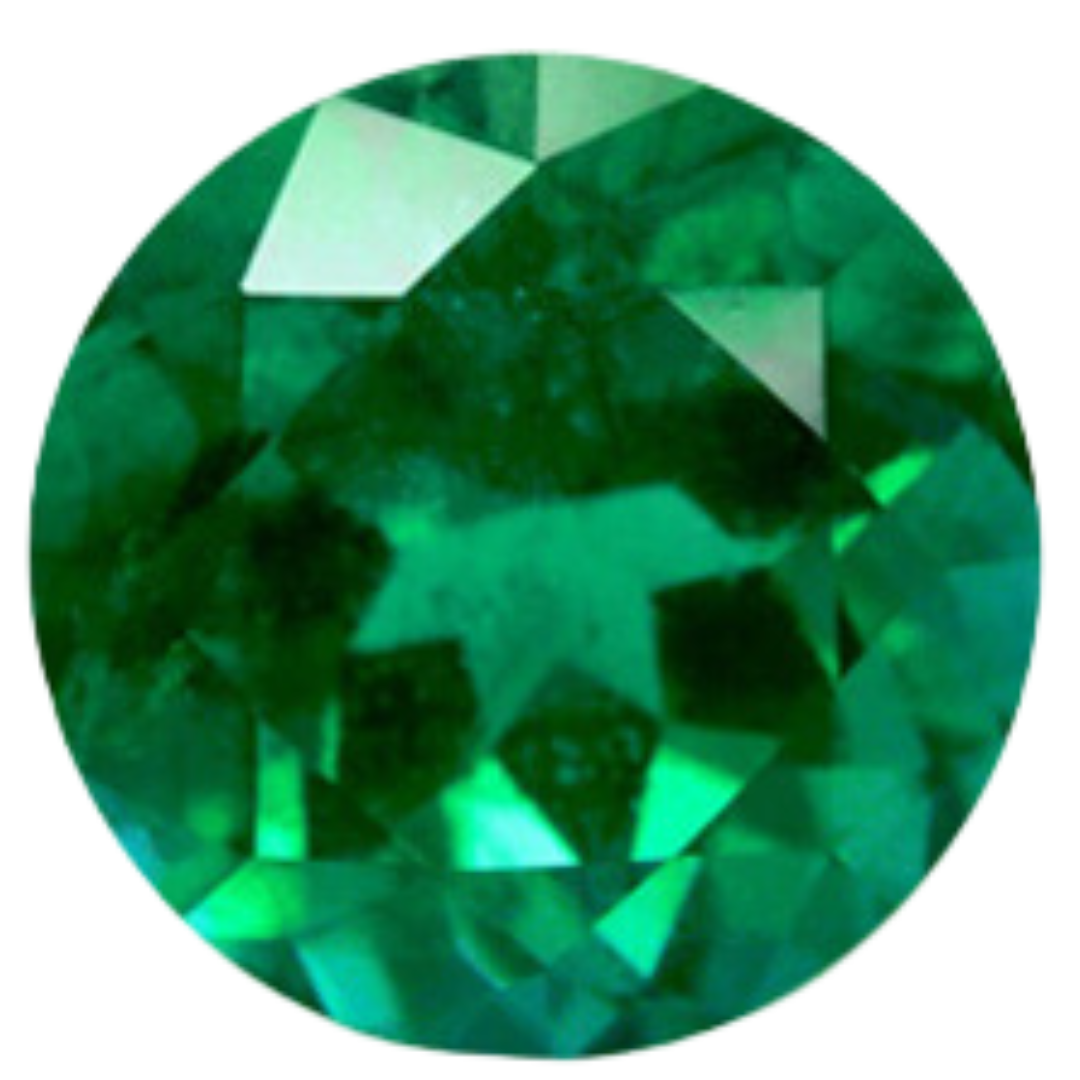
Emerald
Colombian emeralds are esteemed for their vivid green colour and exceptional clarity. Zambian emeralds often possess a slightly bluish-green hue and are prized for their deep colour.
Geographical Origin: Colombia, Zambia, Brazil, Afghanistan.
How Emeralds are formed: Typically formed in metamorphic rocks.
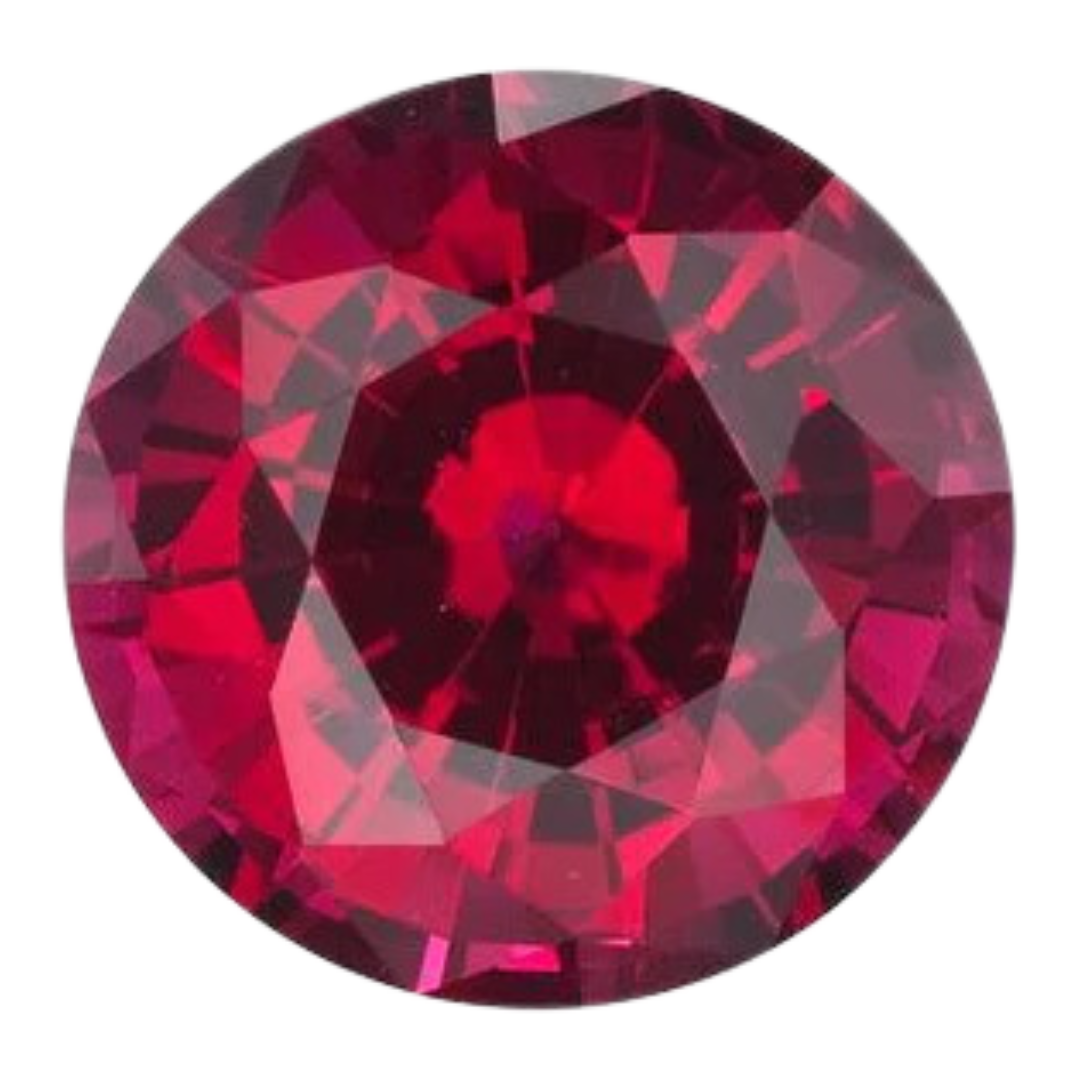
Ruby
Burmese rubies are renowned for their intense red colour and often display a vivid “pigeon’s blood” hue. Sri Lankan rubies are known for their brilliance and lighter pinkish tones.
Geographical Origin: Myanmar (Burma), Sri Lanka, Thailand, Cambodia, Madagascar, Afghanistan.
How Rubies are formed: Formed in metamorphic rocks with the presence of chromium.
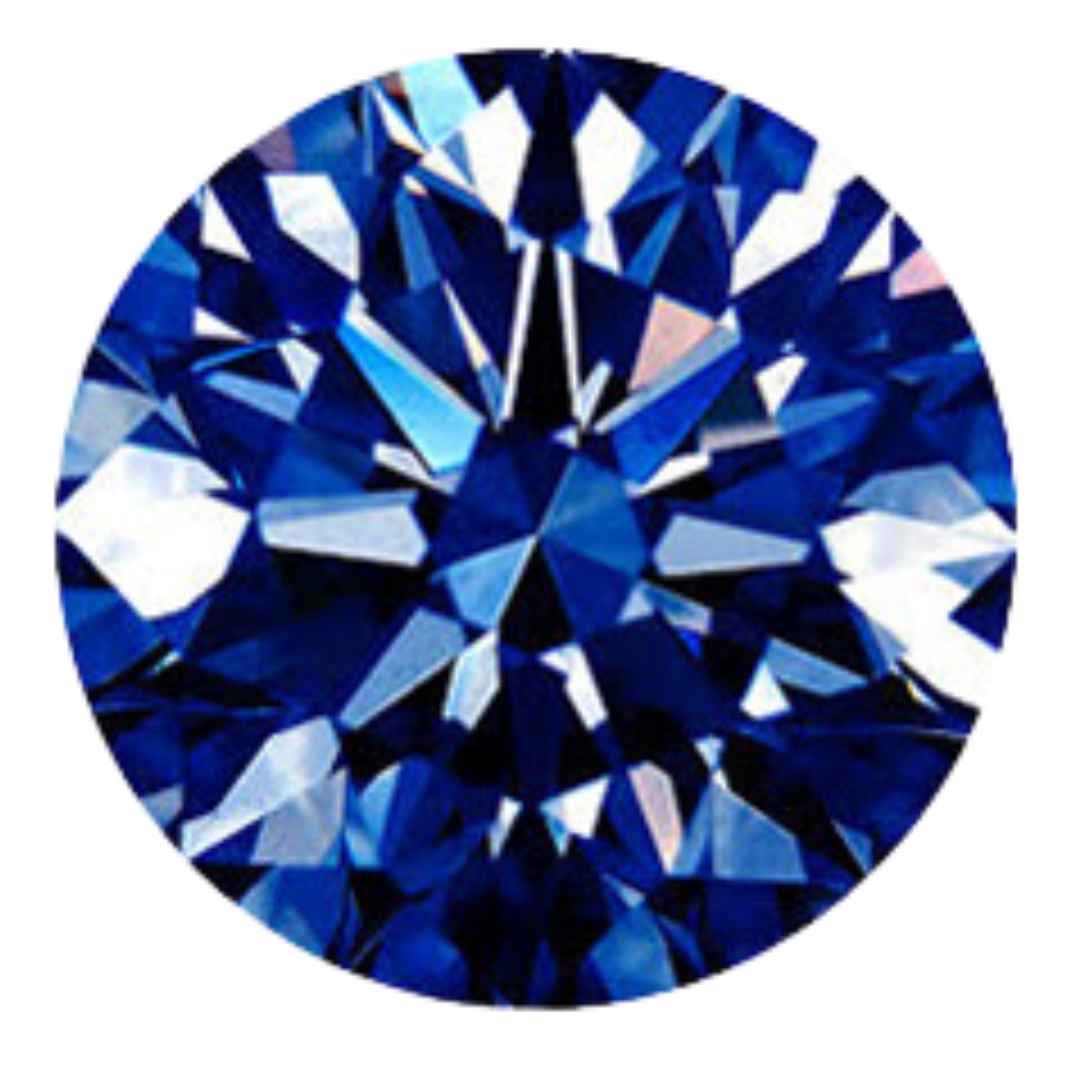
Sapphire
Kashmir sapphires are highly prized for their intense blue hue and exceptional clarity. Burmese sapphires are known for their rich royal blue colour. Madagascar is a prominent source of pink sapphires
Geographical Origin: Myanmar (Burma), Sri Lanka, Thailand, Madagascar, Australia, India.
How Sapphires are formed: Also formed in metamorphic rocks.

Amethyst
Amethyst, known for its royal purple tones, is often found in Brazil, Uruguay, Zambia, and Madagascar. Its outstanding feature is its rich purple colour spectrum, which ranges from deep violet to pale lavender and frequently exhibits natural colour zoning, adding to its attractiveness and originality.
Geographical Origin: Brazil, Uruguay, Zambia, Madagascar.
How Amethyst is formed: Result of quartz crystal formation in hydrothermal veins.
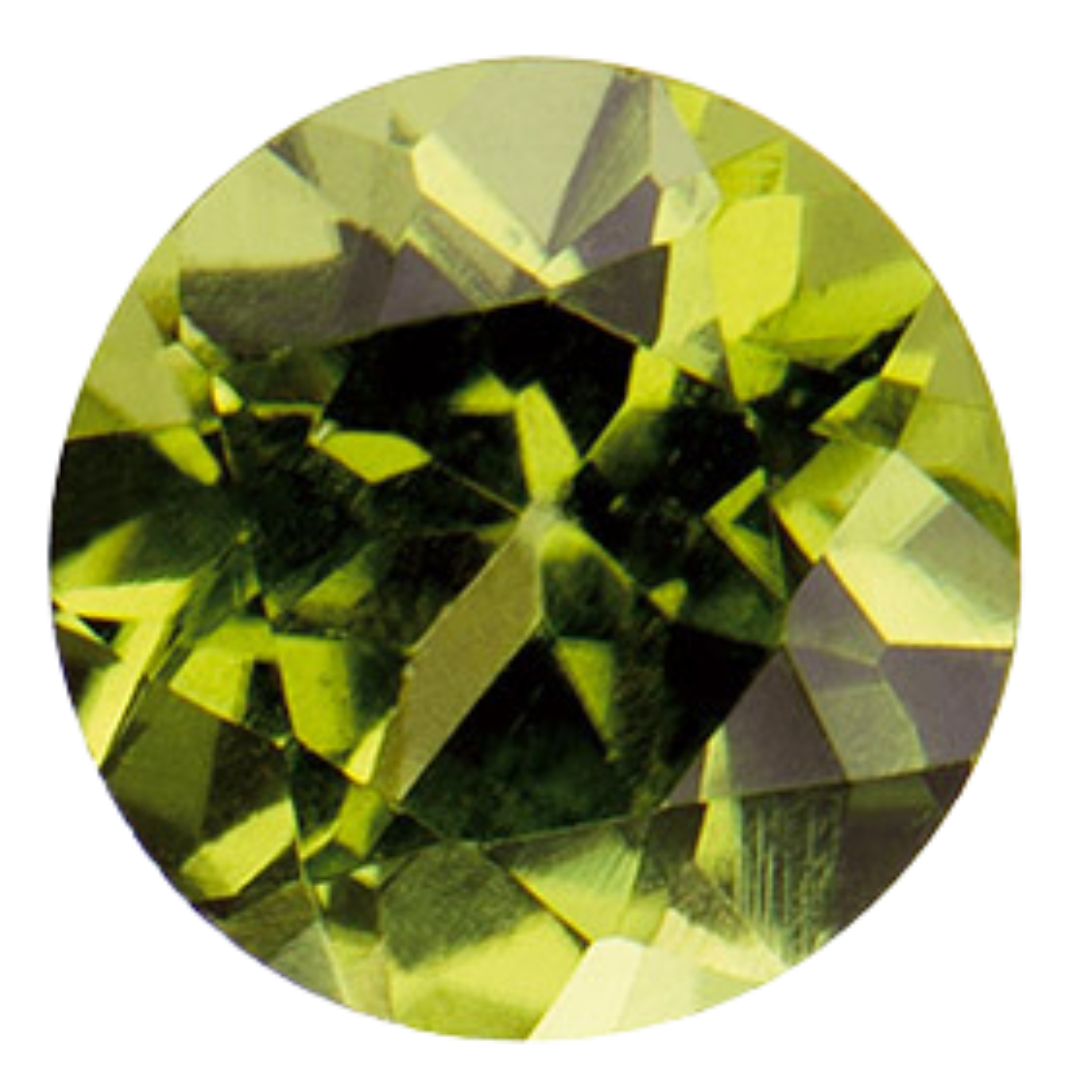
Peridot
Peridot, valued for its vibrant green hue, is predominantly sourced from Arizona in the United States, as well as Pakistan, Egypt and Myanmar. Its defining characteristics include a vibrant green colouring, which is typically tinged with gold, as well as a unique, glassy lustre that distinguishes it from other green gemstones.
Geographical Origin: USA, Egypt, Myanmar, Pakistan.
How Peridot is formed: Formed in volcanic environments from molten rock crystallisation.
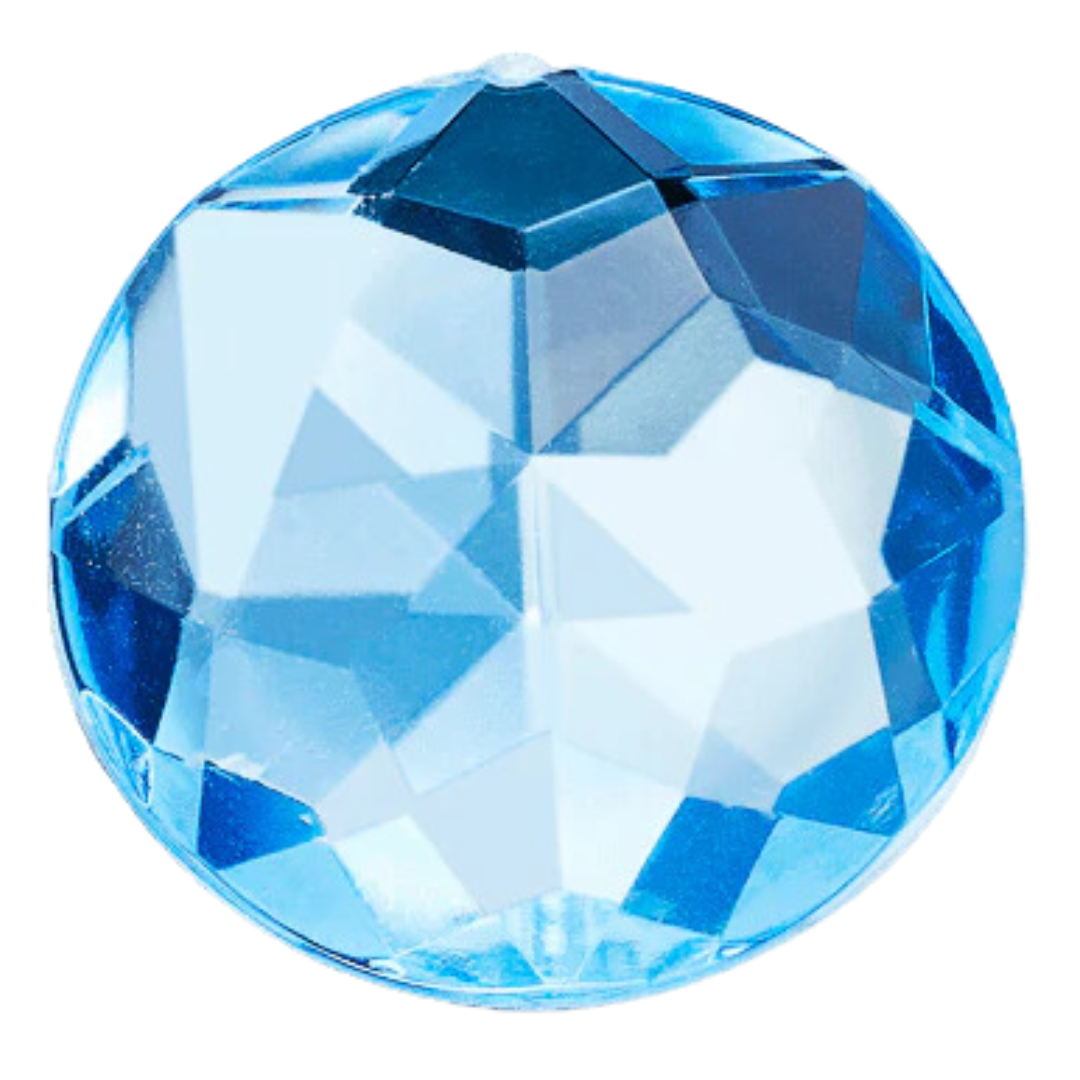
Aquamarine
Brazilian aquamarines often have a deep blue colour, while African aquamarines, particularly Nigerian, can display intense blue hues with excellent clarity.
Geographical Origin: Brazil, Nigeria, Madagascar, Zambia, Pakistan.
How Aquamarine is formed: Formed in pegmatite veins or cavities within rocks.
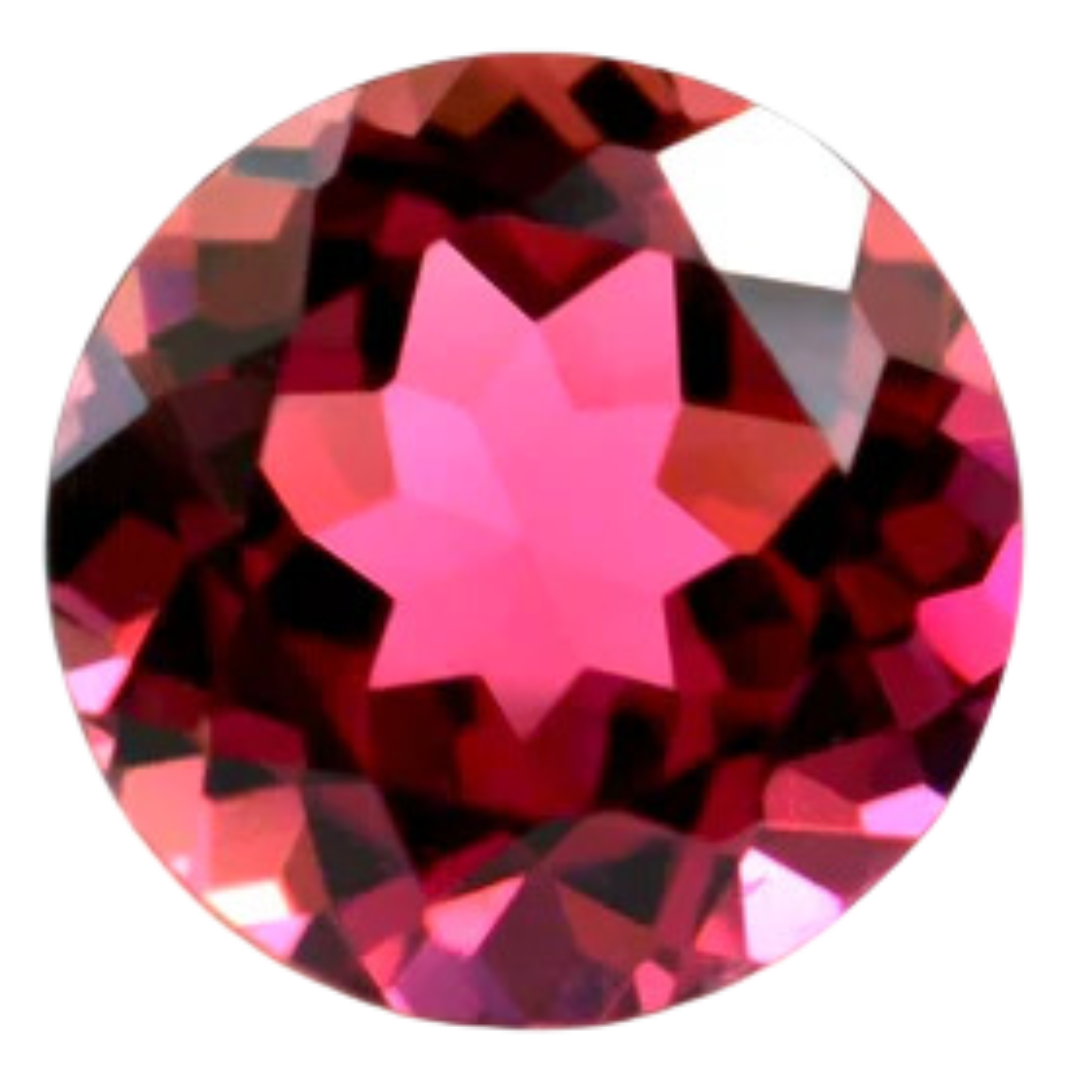
Tourmaline
Brazil is well-known for its pink, green, and blue tourmaline, while Afghanistan produces outstanding blue tourmaline. Nigeria is the principal supplier of vibrant pink tourmalines, while Madagascar produces multicoloured tourmalines, notably the classic watermelon variety.
Geographical Origin: Afghanistan, Nigeria, Madagascar.
How Tourmaline is formed: Develops in pegmatites and metamorphic rocks through hydrothermal processes.
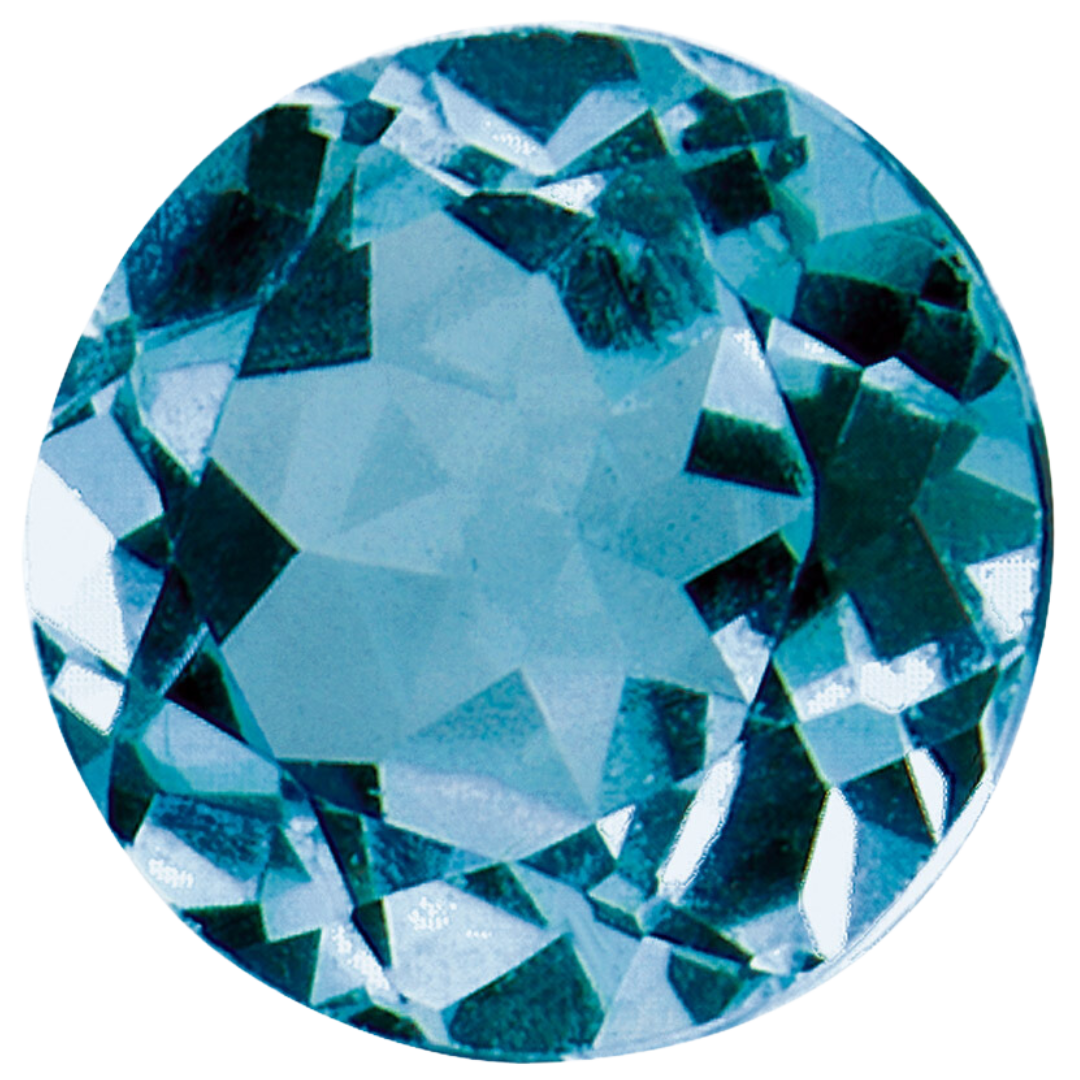
Topaz
Brazil provides imperial (orange), pink, and blue varieties. Russia produces both colourless and blue topaz. Mines in Nigeria produce pink, purple, and golden-brown specimens.
Geographical Origin: Brazil, Russia, Nigeria.
How Topaz is formed: Topaz forms through hydrothermal processes in igneous and metamorphic rocks.
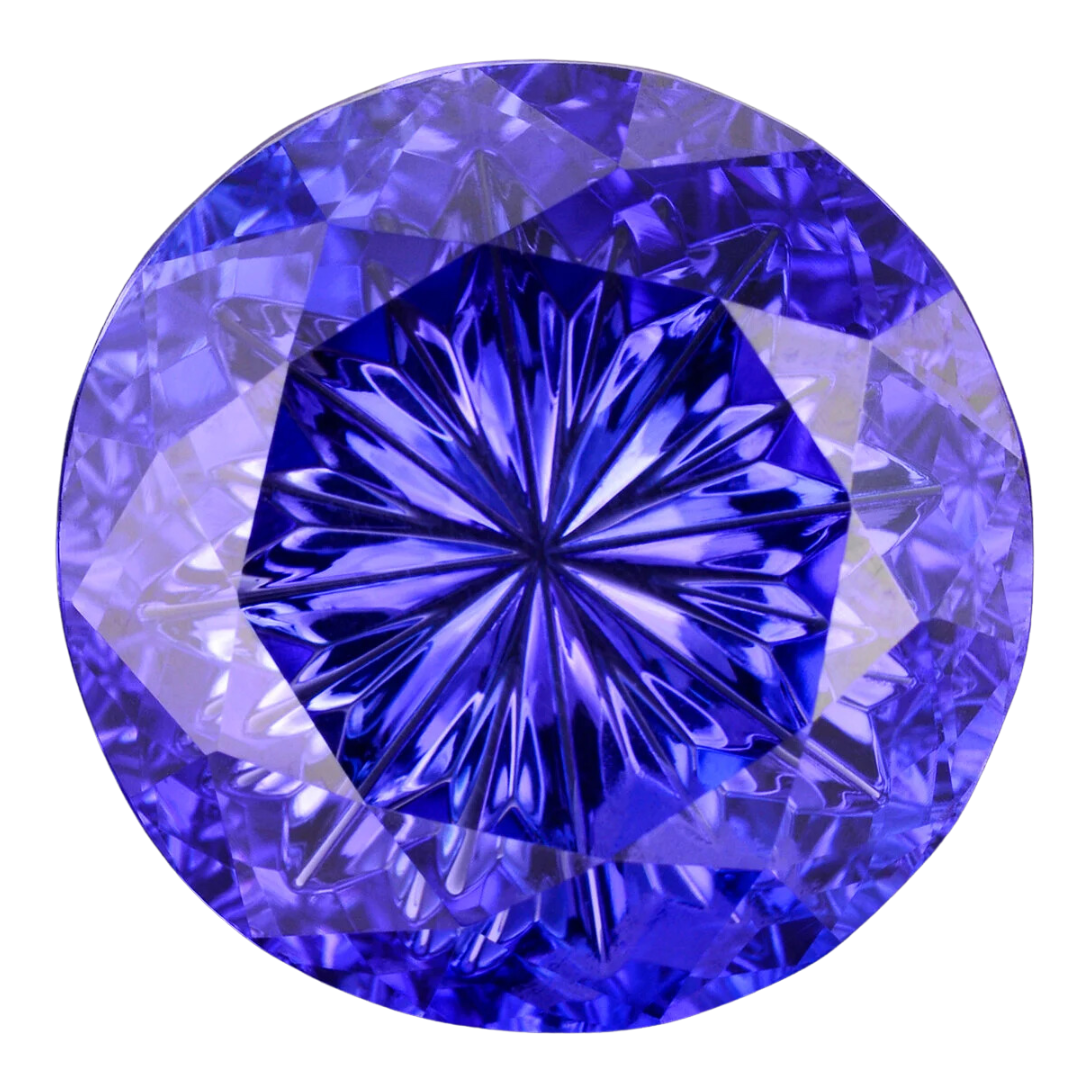
Tanzanite
Tanzanite is exclusively found in Tanzania and is known for its pleochroism, displaying blue, violet, or burgundy colours depending on the viewing angle.
Geographical Origin: Exclusive to Tanzania (near Mount Kilimanjaro).
How Tanzanite is formed: A blue-violet variety of the mineral zoisite.
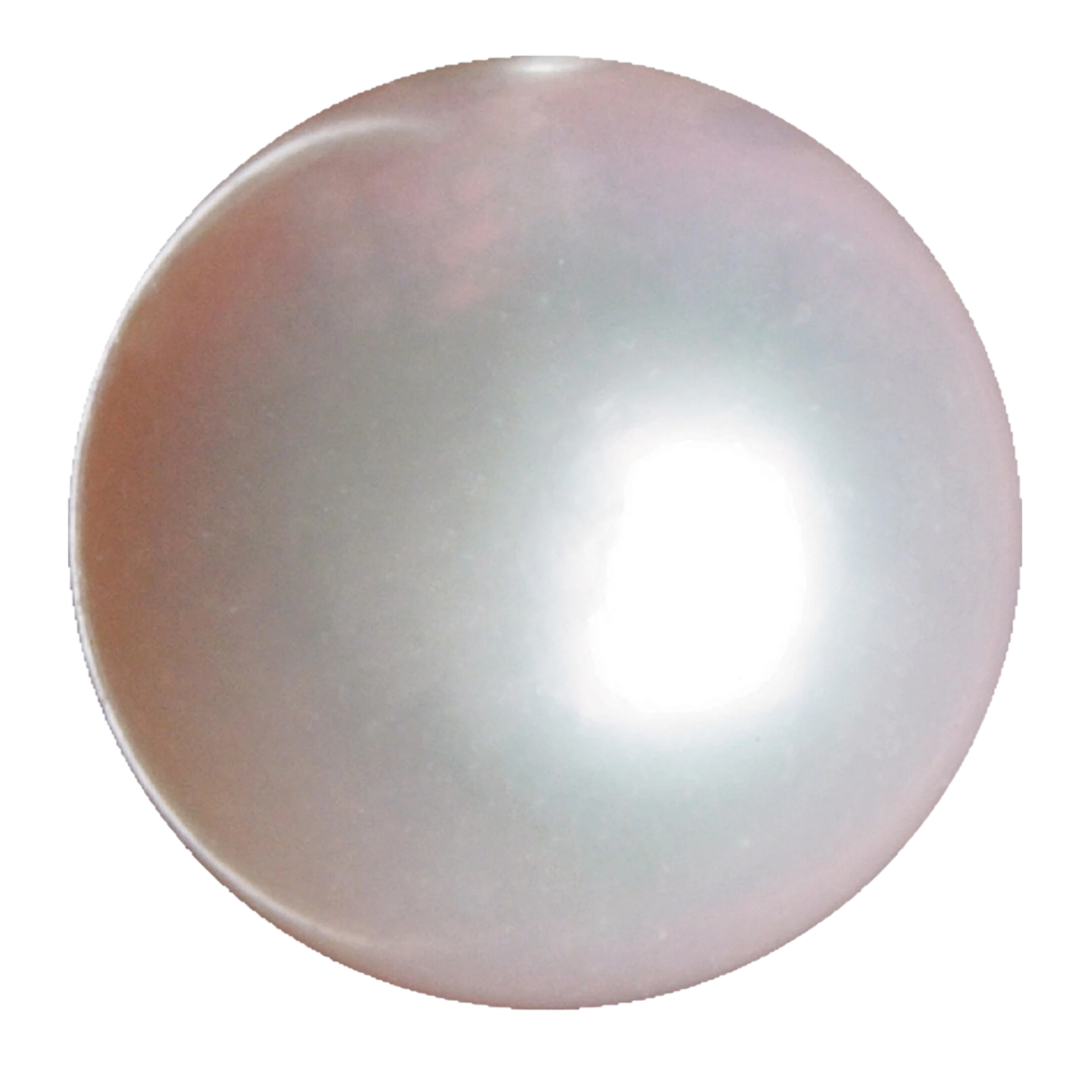
Pearl
Japanese Akoya pearls are renowned for their lustre and roundness. Tahitian pearls display a range of colours from black to grey and peacock green.
Geographical Origin: Japan, China, Australia, Persian Gulf, French Polynesia.
How Pearls are formed: Formed inside molluscs as a reaction to irritants.
Wanting To Design
Beautiful & Bespoke Jewellery?
Amethyst & Co are expert, traditional Jewellery. Book an online consultation or Whatsapp us to start.

